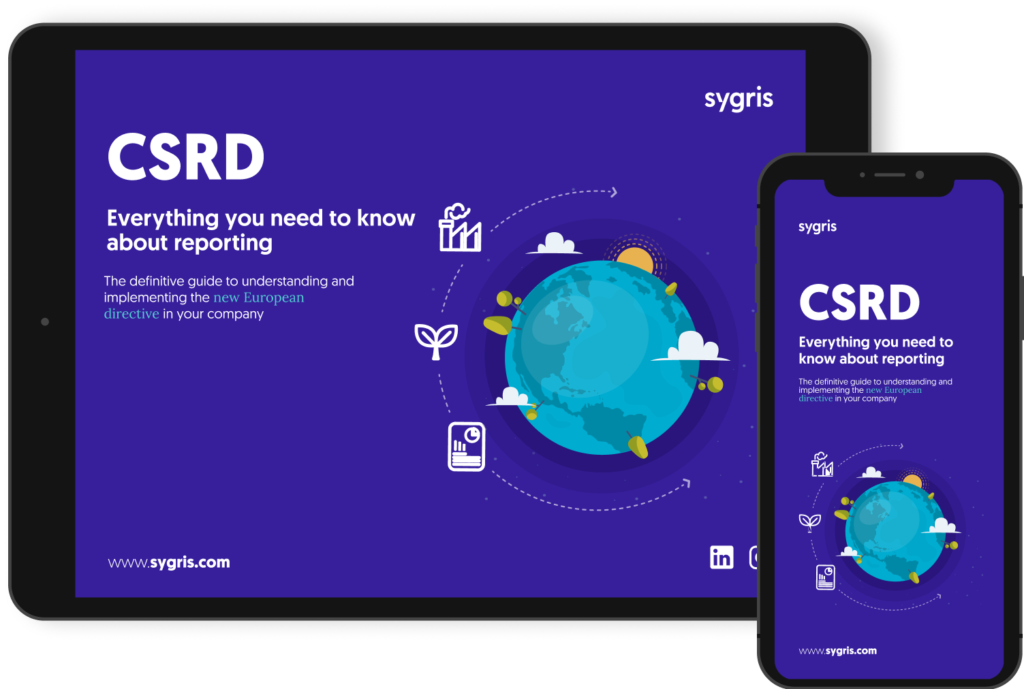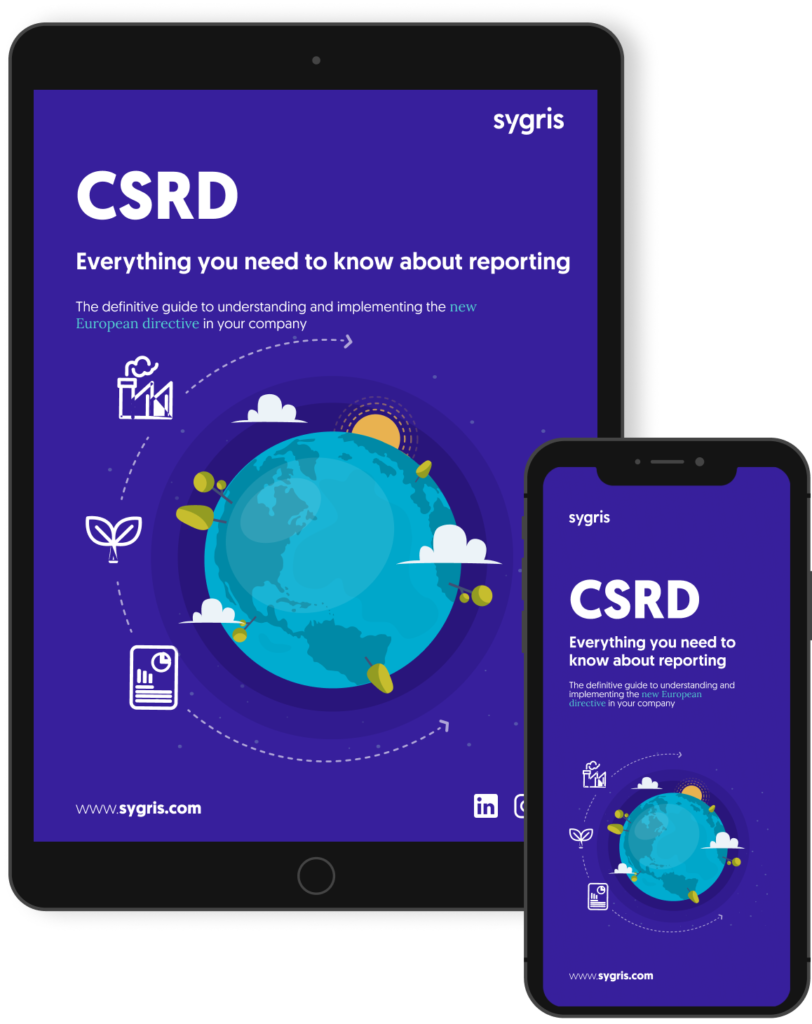Consolidated Management Reporting is the process of combining financial and non-financial data from different sources and entities within an organisation to provide a unified and consistent view of business performance. This approach is vital to comply with regulatory standards, improve transparency and facilitate decision making. A Consolidated Management Report involves the process of combining financial and non-financial data from various sources and entities within an organisation to provide a unified and coherent view of business performance. This approach is vital for meeting regulatory requirements, enhancing transparency, and facilitating decision-making.
In financial management, this means consolidating balance sheets, income statements, and cash flows. In non-financial management, it includes areas such as environmental, social, and governance (ESG) impact. The growing importance of sustainability and corporate responsibility has increased the demand for non-financial reporting. Regulations like the Corporate Sustainability Reporting Directive (CSRD) and global standards like the Global Reporting Initiative (GRI) require more robust and precise integration of this data.
Consolidated management report tools
Consolidated Management Report tools are designed to simplify and automate the process of consolidating financial and non-financial data and generating reports. To be effective, these tools must meet several essential criteria:
• Regulatory compliance: An effective tool must generate reports that comply with the Corporate Sustainability Reporting Directive (CSRD) and International Financial Reporting Standards (IFRS). This involves producing reports with the required content and format (iXBRL) to ensure proper legal compliance. Just as companies ensure that their financial reports meet legal requirements, they must do the same with sustainability reports to avoid penalties and maintain transparency.
• Standards master: Adapting to various regulatory frameworks is a significant challenge for companies. A good tool should include a standards master that connects different frameworks, such as ESRS, IFRS, SFDR, SASB, and GRI, among others. This functionality allows companies to efficiently tailor their reports to multiple regulations, ensuring compliance without duplicating efforts.
• Primary data catalogue: In the case of ESG information, most standards, when applied to each company’s reality, leave gaps that need to be filled through internal information gathering (GAP analysis).
• Automatic tagging: Data tagging is one of the most time-consuming and error-prone aspects of report generation. Modern tools should simplify and automate this process with iXBRL tagging in the initial configuration phase of indicators. Automating tagging not only reduces time and effort but also minimises errors, improving the accuracy and reliability of reports.
• Web-based reporting: Report visibility is crucial for maintaining transparency with stakeholders. Consolidated report management tools should allow the export of integrated reports in web-based xHTML format, which can be published on internal or external websites. This enables easier access for investors, regulators, and other stakeholders, promoting more open and effective communication.
Benefits of consolidated management report tools
A Consolidated Management Report is an essential component of modern business management, combining financial and non-financial data to provide a comprehensive view of organisational performance. Consolidated Management Report tools play a critical role in this process, offering several key benefits to companies:
• Improved accuracy and efficiency: These tools enhance the accuracy and efficiency of the reporting process. By automating complex and repetitive tasks, they reduce the risk of human error and speed up report generation, allowing companies to spend more time on analysis and strategic decision-making.
• Transparency and regulatory compliance: Advanced tools ensure that reports comply with current regulations and standards, which is crucial for maintaining transparency and building trust with stakeholders. They also make it easier to adapt to regulatory changes, which is essential in a dynamic business environment.
• Informed decision-making: By providing a consolidated and coherent view of business performance, these tools support informed decision-making. Executives can access accurate and up-to-date data, enabling them to assess the impact of their strategies and make decisions based on comprehensive and reliable information.
• Cost reduction: The automation and increased efficiency provided by Consolidated Management Report tools can lead to significant cost savings. By reducing the time and resources required for report generation, companies can optimise operations and focus on higher-value activities.
Financial or ESG tool?
Managing non-financial data is far more complex than financial data due to its nature: ESG data is found in multiple sources and formats within the company. Tools specifically designed to manage non-financial data have a significant advantage when handling Consolidated Management Reports. A tool that specialises in non-financial data also simplifies financial data management due to its adaptable structure and ability to integrate multiple information sources coherently. This dual functionality allows companies to maintain better control and accuracy over their Consolidated Management Reports.
One of the most advanced tools in this field is Sygris Reporting. This platform excels not only in managing non-financial data but also in effectively integrating financial information, making it an all-in-one solution for Consolidated Management Reports. Sygris Reporting is designed to meet the demands of various regulations and features advanced automatic tagging capabilities, greatly simplifying the process of generating accurate and compliant reports. Additionally, it allows for the export of reports in web format, ensuring transparent and accessible communication for all stakeholders.
What truly sets Sygris Reporting apart is its standards master, which effectively connects different regulatory frameworks like ESRS, IFRS, SFDR, SASB, and GRI. This feature is essential for companies operating in multiple jurisdictions, allowing them to comply with various regulations without duplicating efforts. The tool is equipped to handle the complexity of both ESG and financial data, providing a complete and accurate view of business performance.
In a business environment where transparency and regulatory compliance are critical, Sygris Reporting offers a significant competitive advantage. By providing a platform that integrates and consolidates both financial and non-financial data, companies can improve their reporting accuracy and efficiency, reduce costs, and make more informed strategic decisions. Implementing advanced solutions like Sygris Reporting is not only necessary for meeting regulatory requirements but also a strategy for strengthening commitment to sustainability and corporate responsibility, solidifying a company’s market position.





